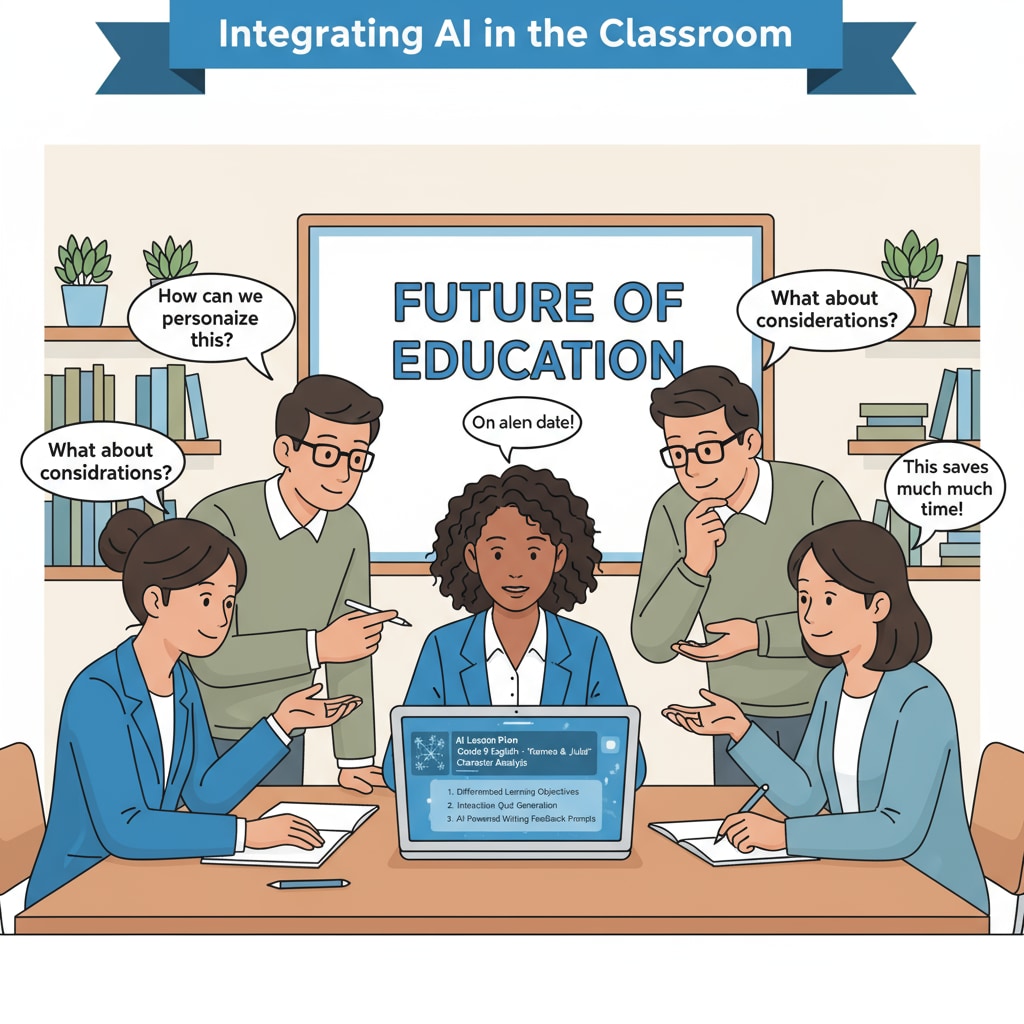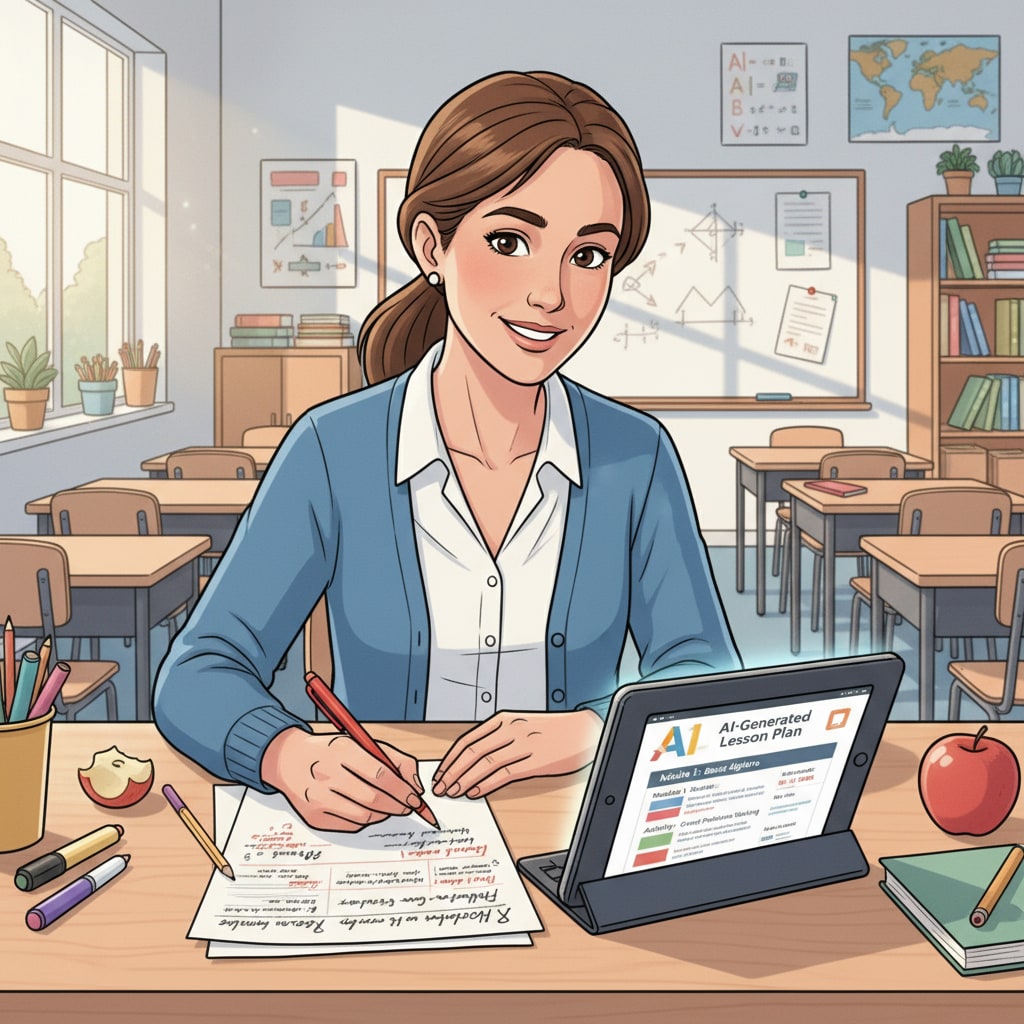In the current educational landscape where AI tools are becoming increasingly prevalent, the authenticity of lesson plans, student teaching, and teaching planning abilities have emerged as crucial aspects to consider. As educators strive to keep up with technological advancements, it’s essential to understand how to integrate AI while maintaining the integrity of real teaching skills.

The Rise of AI in Lesson Plan Creation
AI has indeed revolutionized the way lesson plans are created. With just a few inputs, AI can generate a comprehensive lesson plan framework. For example, it can suggest teaching methods, learning objectives, and even relevant teaching materials. However, this convenience comes with a caveat. According to Education technology on Wikipedia, while AI-generated lesson plans may seem well-structured, they lack the personal touch and in-depth understanding that a teacher brings. Teachers need to be more than just plan implementers; they must be creators who understand the unique needs of their students.

The Importance of Authentic Lesson Plans
Authentic lesson plans are the cornerstone of effective student teaching. A truly authentic plan is tailored to the specific context of the classroom, taking into account the students’ prior knowledge, learning styles, and interests. It’s not about following a one-size-fits-all template provided by AI. As stated in Education on Britannica, real teaching involves the ability to improvise and adapt during the lesson, which an AI-generated plan may not adequately prepare a teacher for. Teachers need to have the freedom to design plans that can address the dynamic nature of the classroom.
Readability guidance: In this section, we’ve used short paragraphs to clearly convey the importance of authenticity in lesson plans. The list-like structure helps in highlighting key points. Transition words like ‘however’ and ‘while’ are used to show the contrast between AI-generated and authentic lesson plans.
Cultivating Real Teaching Abilities
True teaching abilities go far beyond using AI to create lesson plans. Teaching planning abilities involve understanding the curriculum, setting achievable goals, and choosing appropriate teaching strategies. For instance, a teacher must be able to analyze the learning outcomes and adjust the plan accordingly. This requires hands-on experience and professional development. Student teaching provides the perfect platform for teachers to develop these skills, as they interact directly with students, observe their learning processes, and make real-time adjustments.
Readability guidance: Here, we’ve used simple language to explain complex concepts. Sentences are kept within the desired length, and active voice is predominantly used. Transition words like ‘for instance’ help in providing examples and making the text flow smoothly.
In conclusion, while AI can be a valuable tool in teacher training, it should not replace the development of authentic lesson plans, student teaching experiences, and teaching planning abilities. Teachers need to embrace technology while also honing their core teaching skills. By doing so, they can ensure that they are well-prepared to meet the diverse needs of their students in the AI era.


